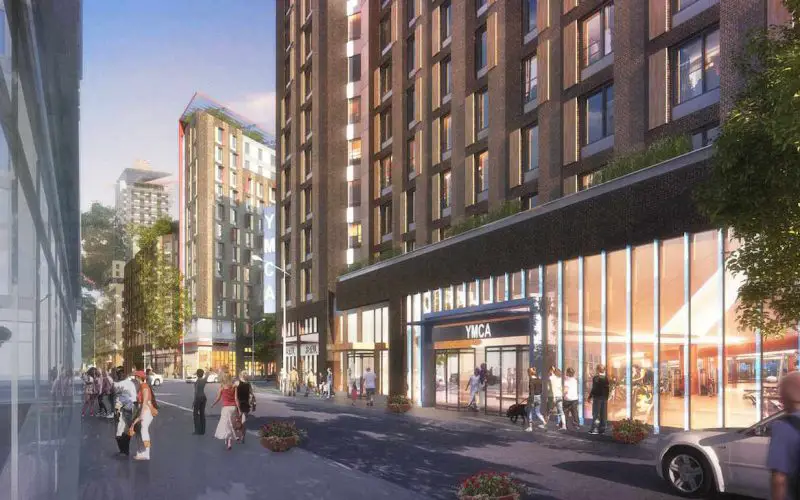New York City has started the construction of an affordable and supportive housing development on 1159 River Avenue. In an announcement, Governor Andrew M. Cuomo said that the $126 million development will comprise 245 homes.
According to Governor Cuomo, the 19-story affordable and supportive housing development will comprise of 148 apartments designed for individuals and families that have previously been homeless.
Making investment in affordable housing
The New York state, according to Governor Cuomo is making unprecedented investments in affordable housing as it seeks to tame run-away homelessness and dual inequality. In addition, he said through such projects, the state seeks to offer Bronx residents high-quality, energy-efficient homes that have enough support services.
The Governor is implementing the State’s unprecedented $20 billion, five-year Housing Plan which seeks to ensure all New Yorkers have access to safe and affordable housing. Under the plan, the state intends to combat homelessness by making housing easily accessible. Under the program, Governor Cuomo’s administration plans to build more than 100,000 affordable homes and 6,000 with supportive services.
The affordable and supportive housing development named 1159 River Avenue has been designed to offer good quality, affordable homes, and is part of the state’s strategy to revitalize communities and boost the economy. The New York State Homes and Community Renewal has invested more than $1.3 billion that has helped build or preserve more than 15,000 affordable homes in the Bronx.
The project will include 245 apartments with 148 specifically for individuals and families that have a history of homelessness as well as those recovering from mental illness. Of the 148 households, 128 will have access to support services funded through the Governor’s Empire State Supportive Housing Initiative which is under the New York State Office of Mental Health. These special apartments will have access to on-site services and rental assistance.
Supportive amenities will include linkage to and coordination of services with other community resources like mental health and primary care services.

